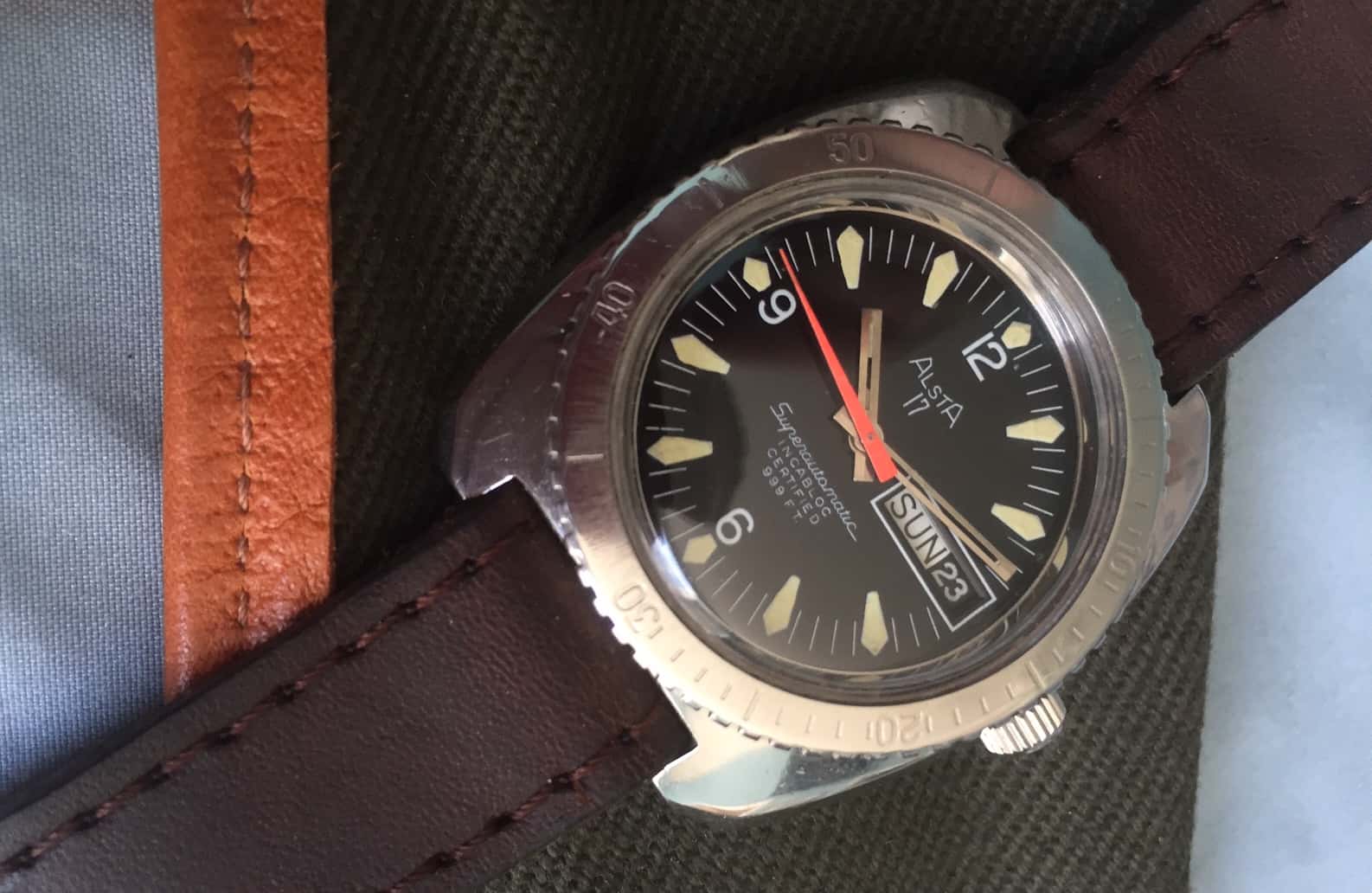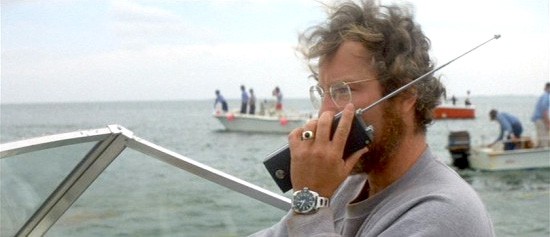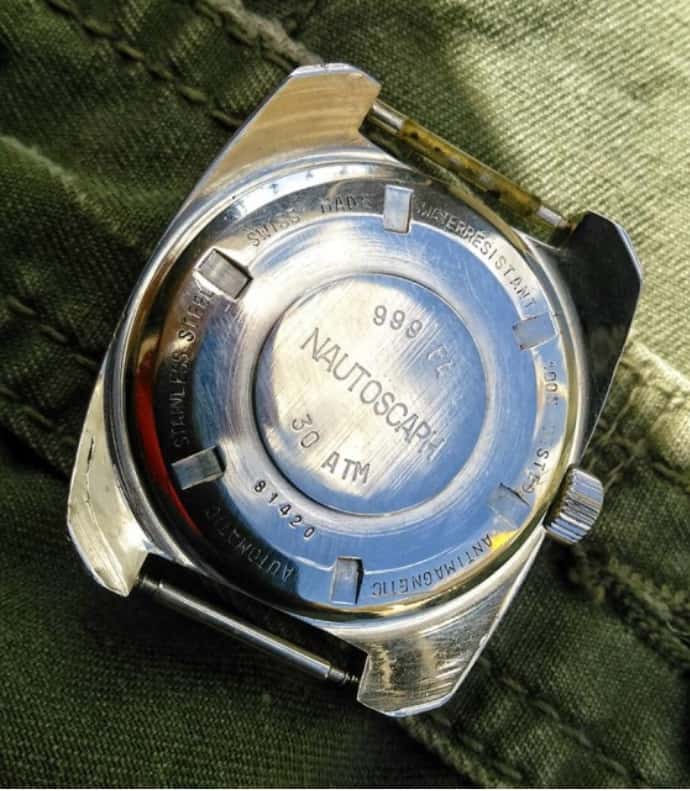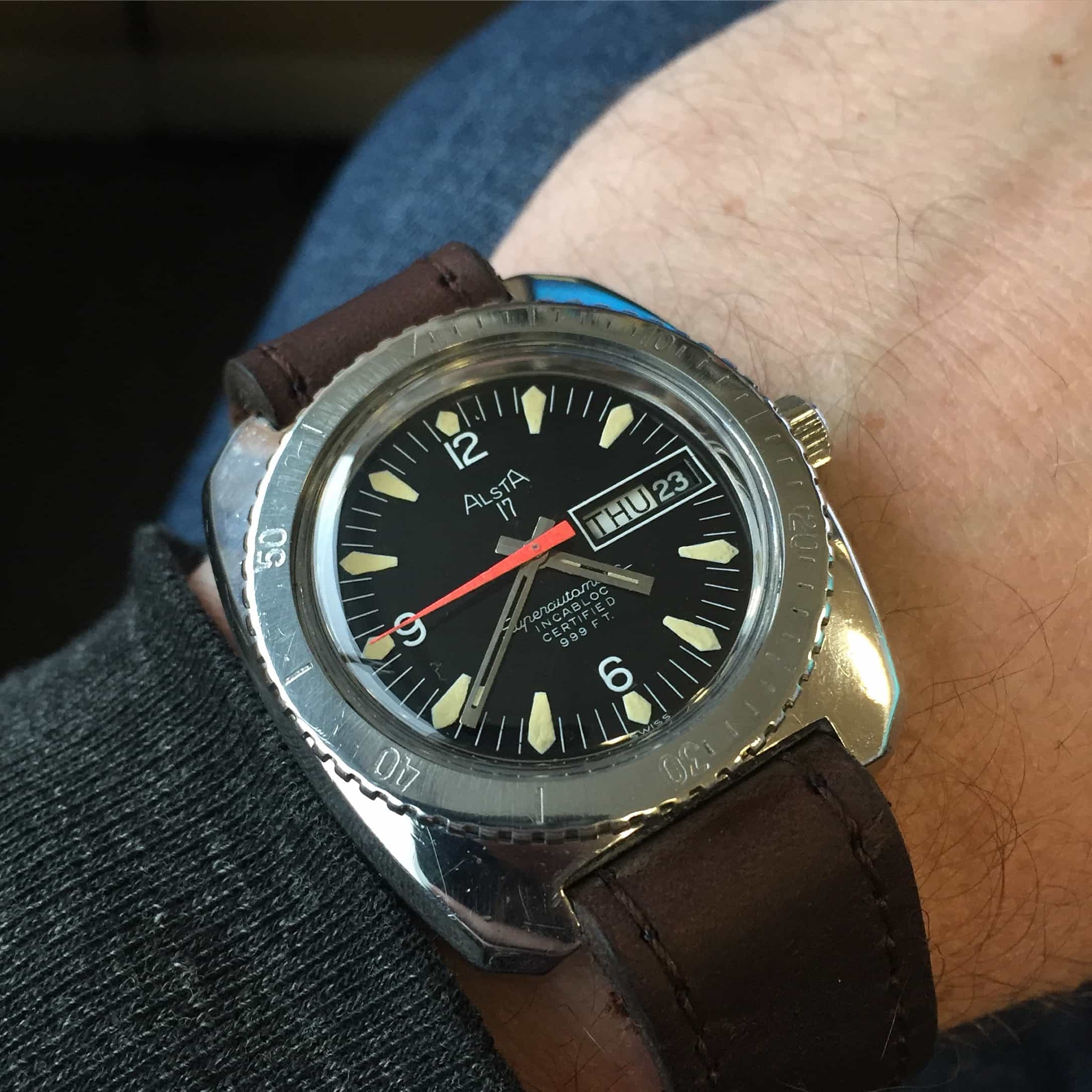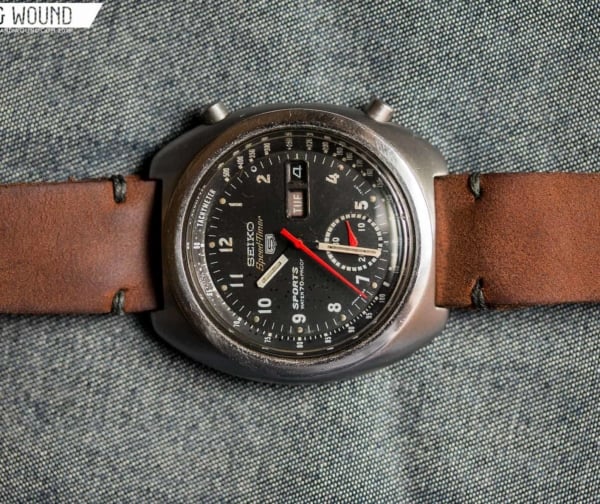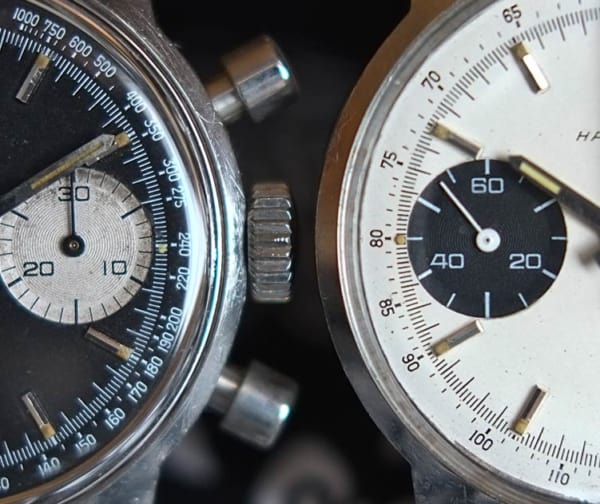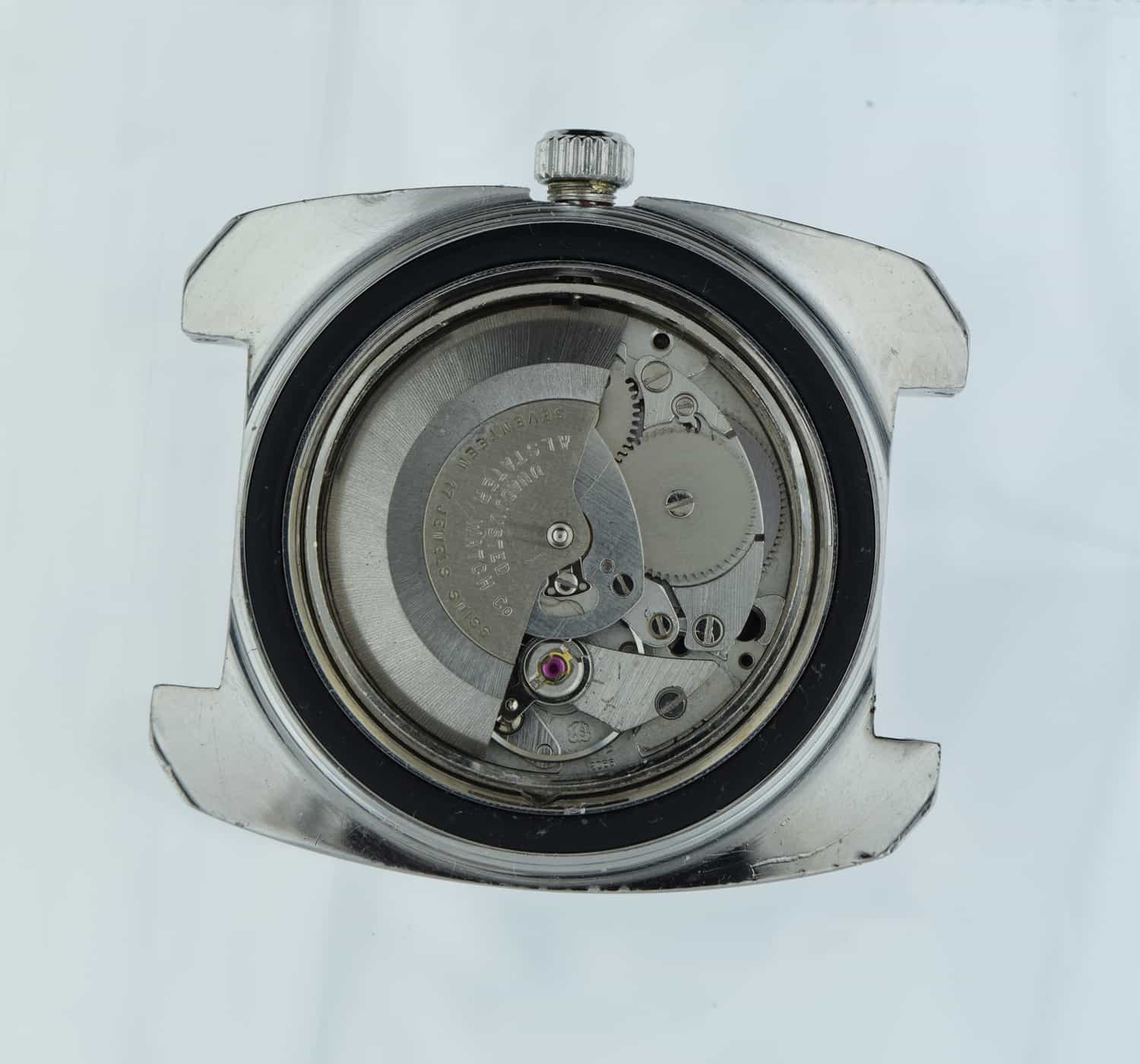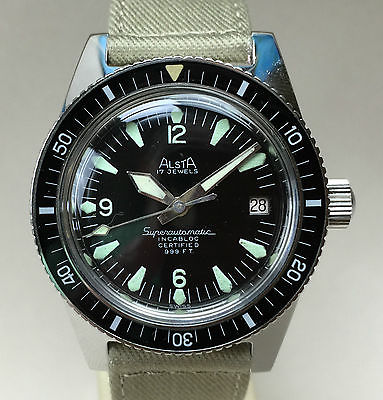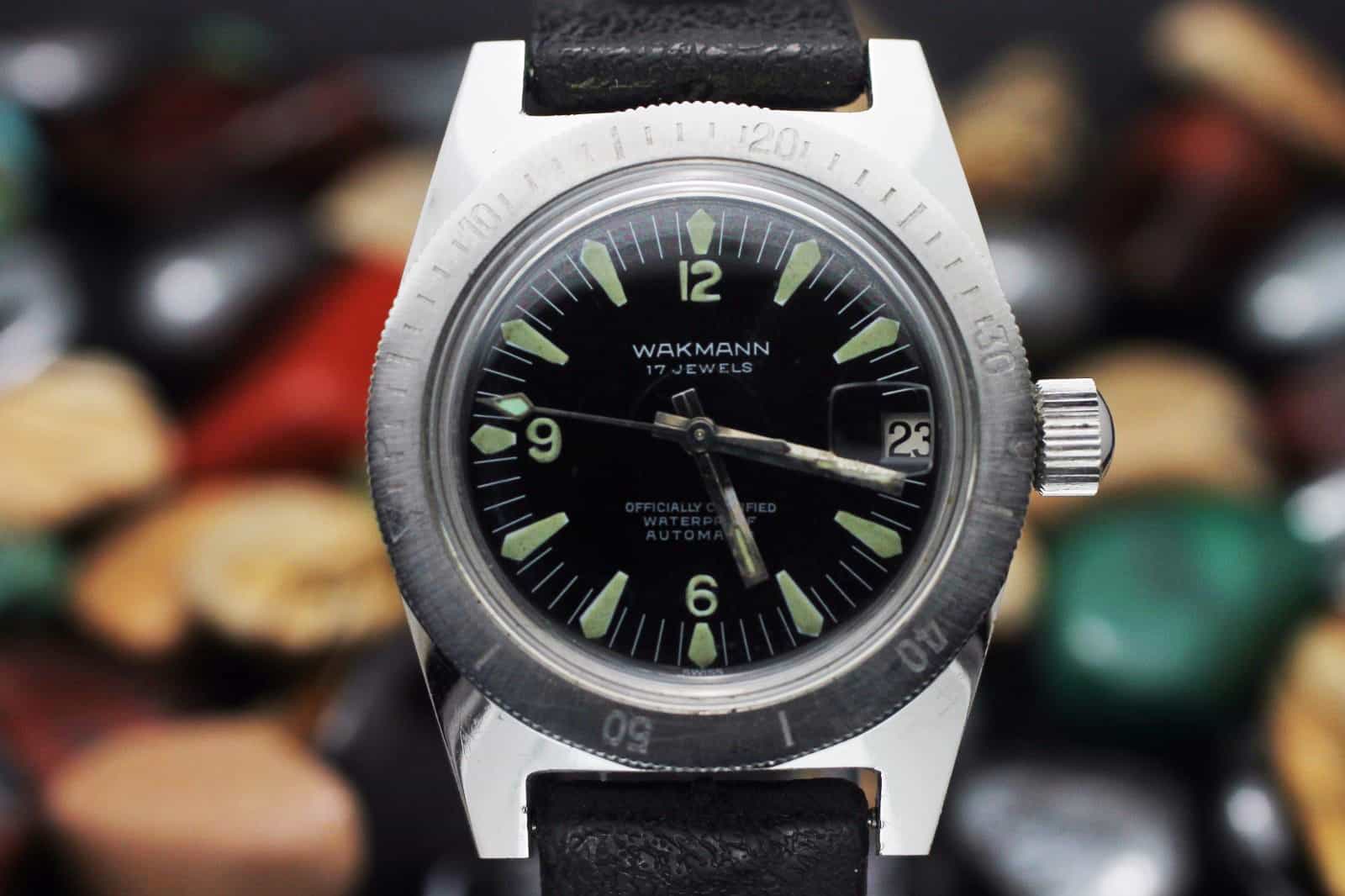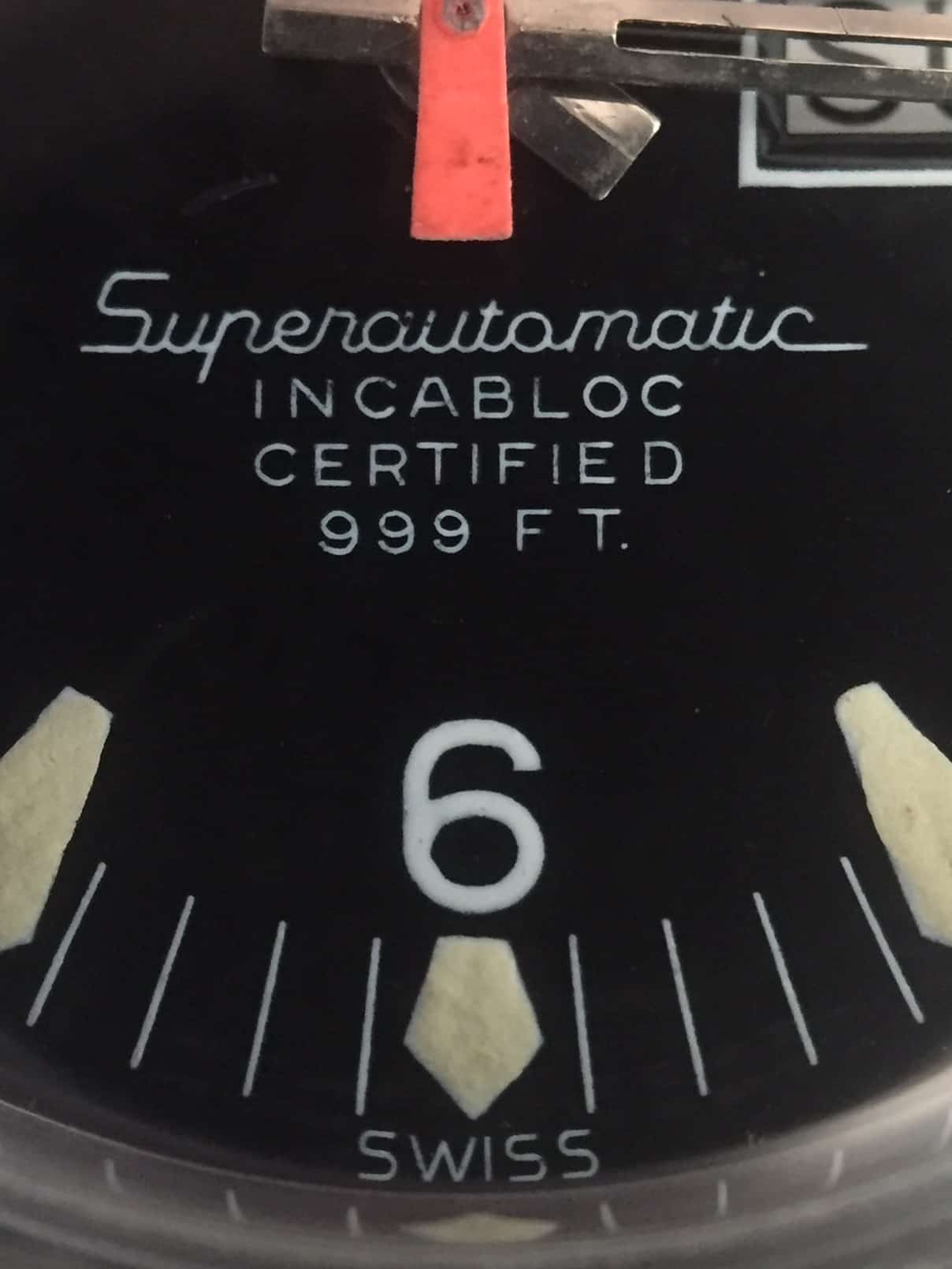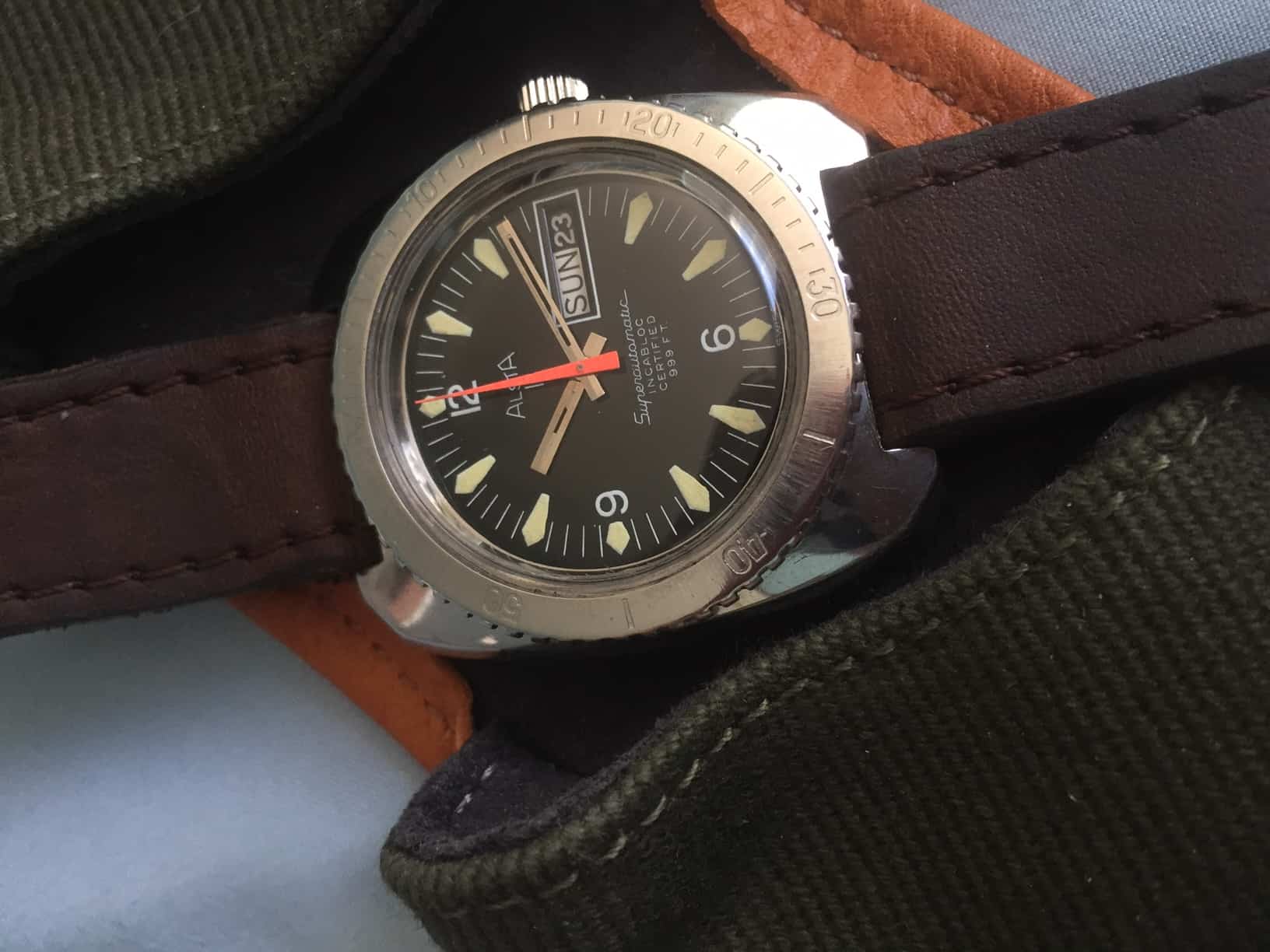Earlier this year, Marc Sirinsky, a longtime Worn & Wound fan, wrote a great story about his experience ordering a custom D.M.H. watch. It was a big hit with our readers, so much so, in fact, that Marc wanted to write about another one of his watches. So today, Marc’s here to talk about a neat little diver with a some great history in our latest installment of Affordable Vintage.
The year was 1975, and a movie by a relatively new director named Steven Spielberg was about to make people rethink their summer vacation plans. Jaws opened on over 450 screens, an unusually wide release for the time, and it would come to define the term, “summer blockbuster.” The film’s resonance with the American public can still be strongly felt. It’s is an absolute classic, one that’s been referenced, quoted, parodied, and emulated countless times. One only needs to look to the success of programming like Discovery Channel’s Shark Week, which just completed its 29th year









 Featured Videos
Featured Videos




